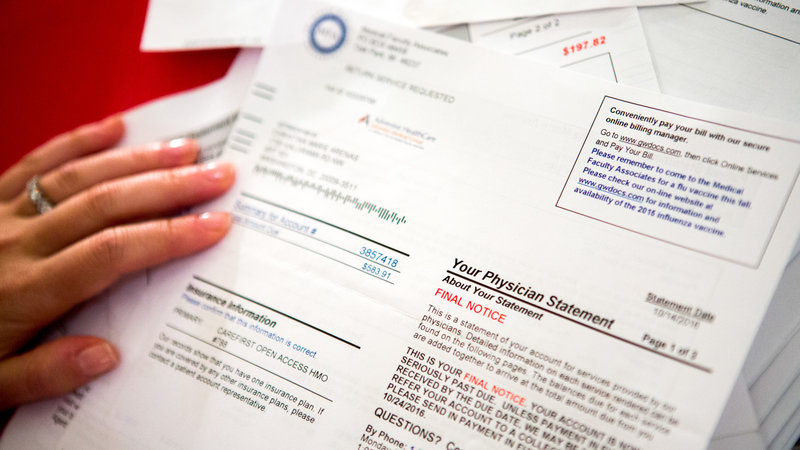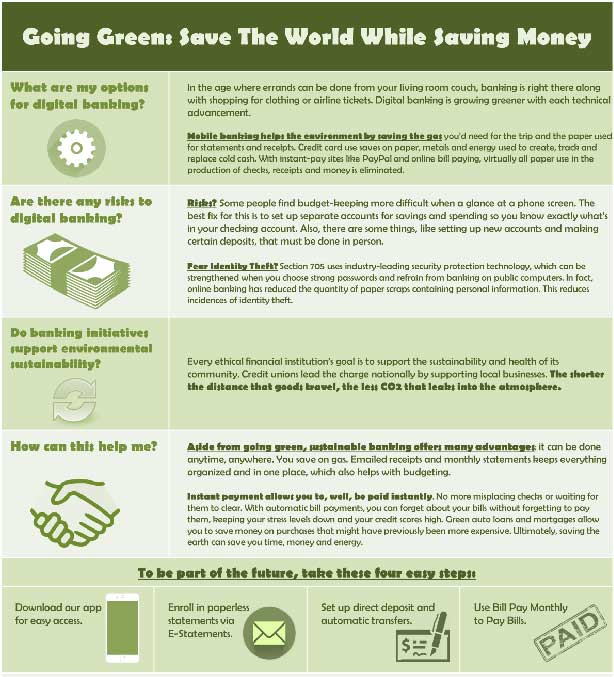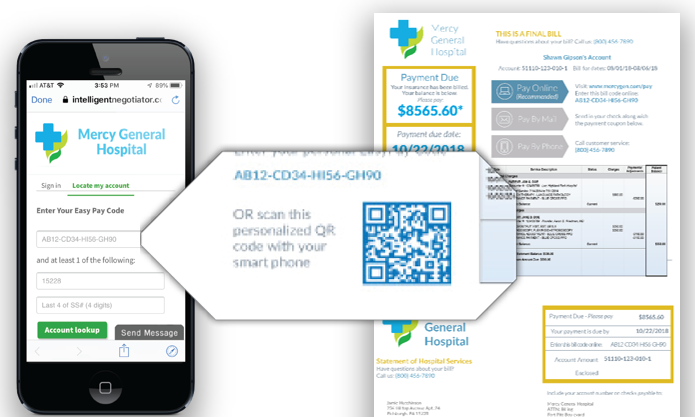STATEMENTS | 10 MIN READ
Top 5 Things to Know When Choosing a Statement Provider

By Michael Wise

These agencies, regulations, and court rulings have the power and authority to fine, legally prosecute, or even incarcerate if data is breached or consumer protections are violated.

A print and mail vendor that predominantly sends marketing letters is less familiar with data security protocols and less likely to execute them in a consistently compliant manner.

An average size commercial print shop could send out 1 million pieces of mail a month. 99.9% accuracy means 1000 letters get mailed to the wrong address every month.


Can the statement vendor produce dynamic elements like unique log in codes, pin numbers, or QR codes (with embedded account numbers)? All of these enhanced features increase statement performance and are great selling points when attracting new clients.

Want to know more?
Whether you’re looking to upgrade one part of your billing process or the whole enchilada, we can help!
Resources
Resources & Articles For Managing Your Finances On Your Own
Key Takeaways From ACA’s 2022 Annual Convention
Self-service, or digital collections, has moved beyond just a set of buzzwords in the ARM industry to become a major shift in operational strategy. High employee turnover and a difficult labor market has also forced many businesses to approach collections differently.
What is Stealth Messaging or Ringless Voicemail Drops?
Stealth messaging is a technology that bypasses a consumer’s mobile phone device to place a recorded audio message directly in their voicemail inbox. This delivery method means the consumer’s phone doesn’t “ring”, but they receive a notification of a new voicemail message.
Leveraging Self-Service, Convenience, and Automation to Maximize Collections
Self-service, or digital collections, has moved beyond just a set of buzzwords in the ARM industry to become a major shift in operational strategy. High employee turnover and a difficult labor market has also forced many businesses to approach collections differently.



